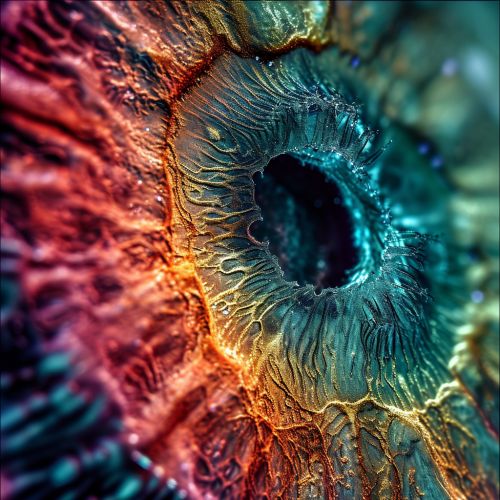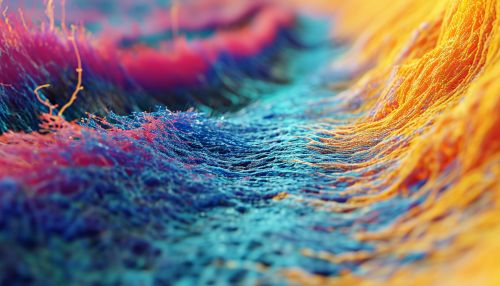Full-field Optical Coherence Tomography
Introduction
Full-field Optical Coherence Tomography (FF-OCT) is a non-invasive imaging technique that provides high-resolution, three-dimensional images of biological tissues. It is based on the principle of interferometry, where light waves are superimposed to extract information about the waves' phase difference. This technique has been widely used in the field of ophthalmology and is gaining traction in other medical and scientific fields due to its ability to provide detailed images of tissue microstructures without the need for invasive procedures or ionizing radiation.


Principle of Operation
The operation of FF-OCT is based on the principle of white light interferometry. In this technique, a broad-spectrum (white) light source is split into two beams. One beam is directed towards the sample (object beam) while the other is directed towards a reference mirror (reference beam). The reflected light from the sample and the reference mirror are then recombined to form an interference pattern. The resulting interference pattern is captured by a detector, and the depth information of the sample is obtained by analyzing the pattern.
Components of an FF-OCT System
A typical FF-OCT system consists of a light source, a beam splitter, a sample arm, a reference arm, and a detector. The light source is usually a broad-spectrum light source, such as a superluminescent diode or a halogen lamp. The beam splitter is used to split the light into the object and reference beams. The sample arm contains the sample holder and focusing optics, while the reference arm contains a reference mirror. The detector is usually a charge-coupled device (CCD) camera or a complementary metal-oxide-semiconductor (CMOS) camera.
Applications
FF-OCT has a wide range of applications in both medical and scientific fields. In the medical field, it is most commonly used in ophthalmology for imaging the retina and cornea. It is also used in dermatology for imaging skin lesions, in oncology for imaging tumors, and in cardiology for imaging coronary arteries. In the scientific field, FF-OCT is used in materials science for imaging microstructures, in biology for imaging cellular structures, and in geology for imaging rock samples.
Advantages and Limitations
The main advantage of FF-OCT is its ability to provide high-resolution, three-dimensional images of biological tissues without the need for invasive procedures or ionizing radiation. This makes it a valuable tool for early detection and diagnosis of various diseases. However, FF-OCT also has some limitations. The main limitation is the limited penetration depth, which is typically around 1-2 mm in biological tissues. This limits its use in imaging deep tissues or organs. Another limitation is the relatively long imaging time, which can lead to motion artifacts in the images.
Future Perspectives
With the advancement in technology, the performance of FF-OCT is expected to improve in terms of resolution, penetration depth, and imaging speed. Moreover, the integration of FF-OCT with other imaging modalities, such as MRI and PET, is expected to provide more comprehensive and accurate information about the biological tissues. This will further expand the applications of FF-OCT in the medical and scientific fields.
